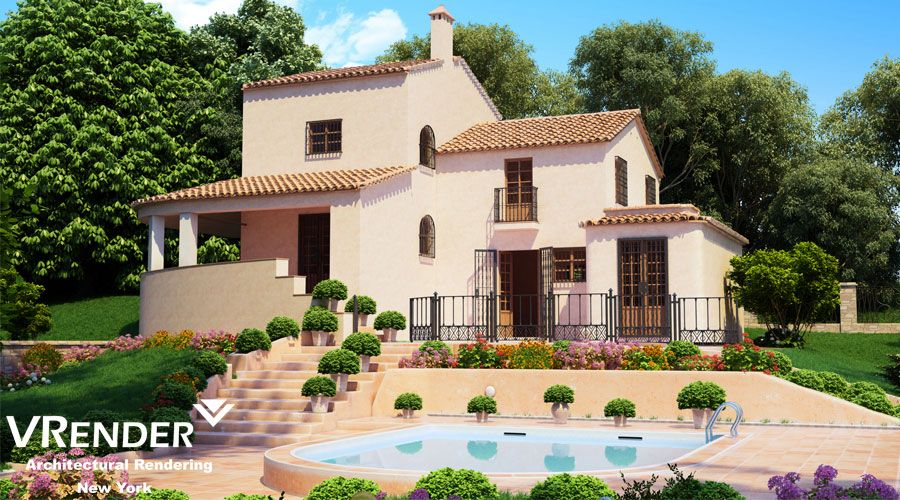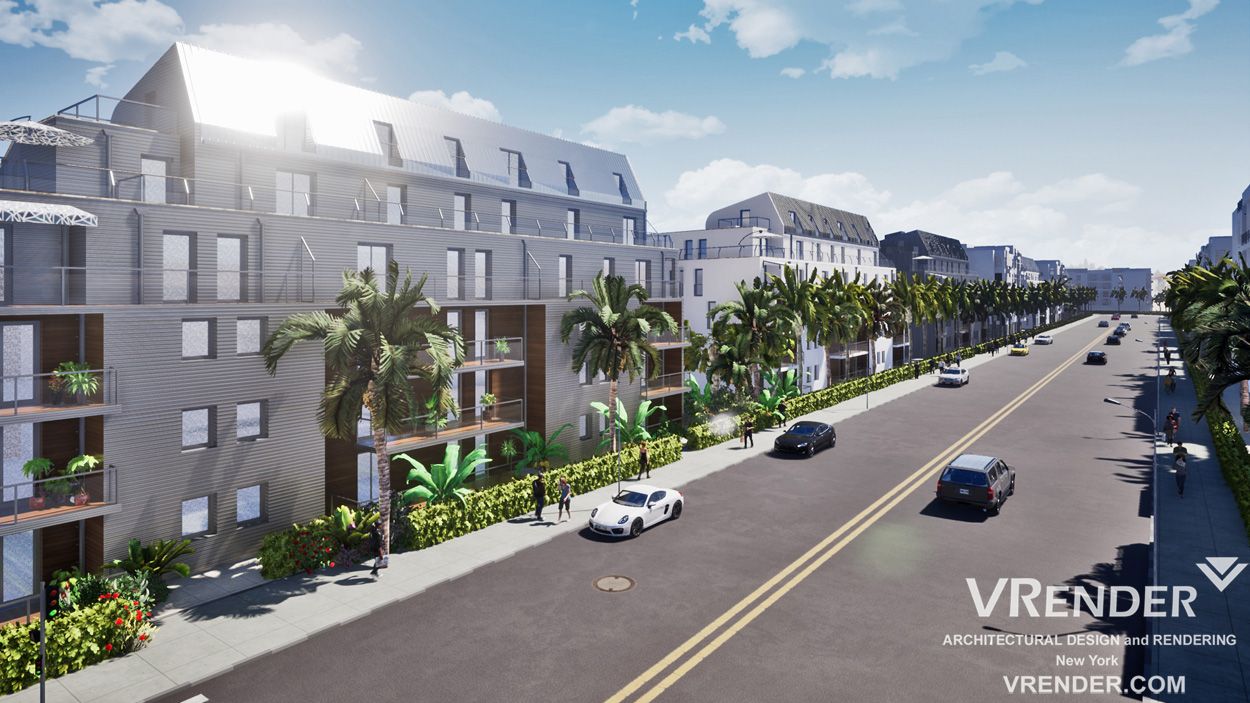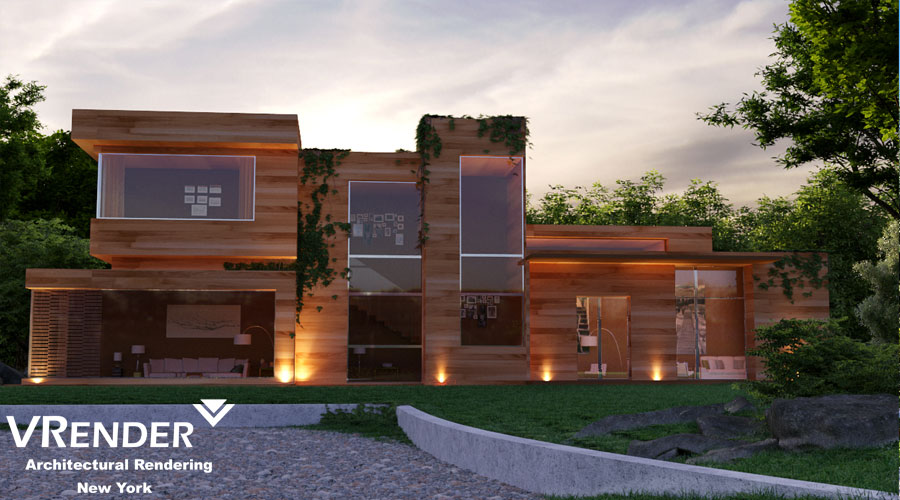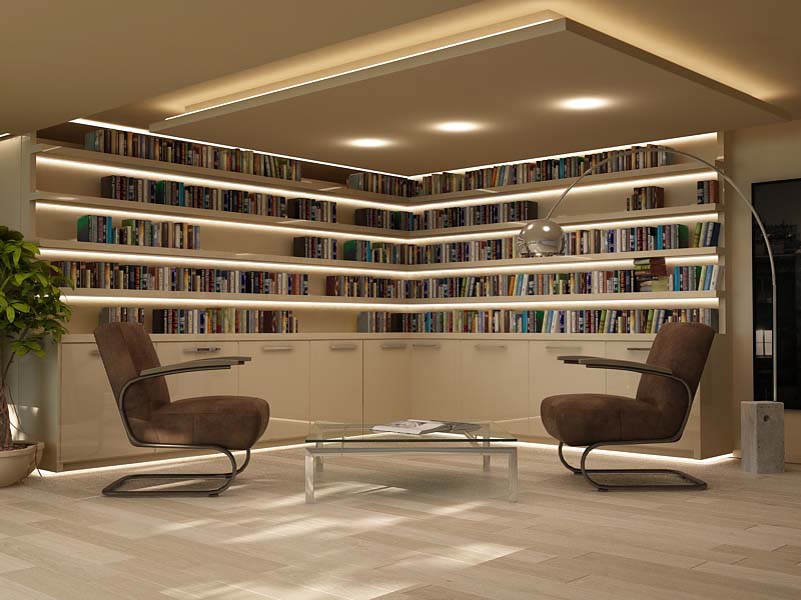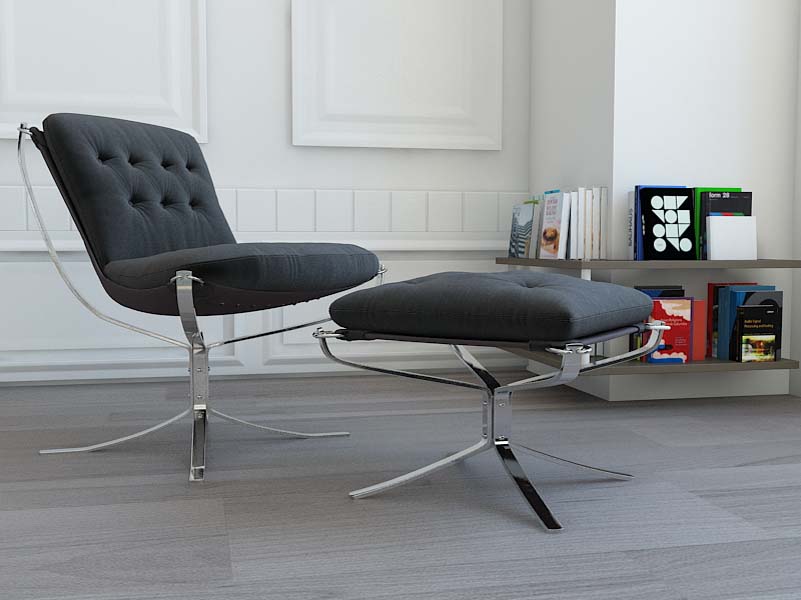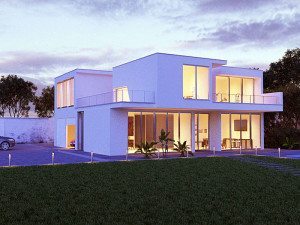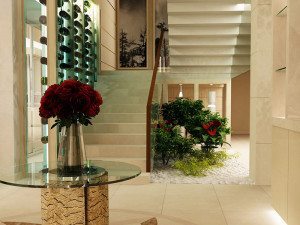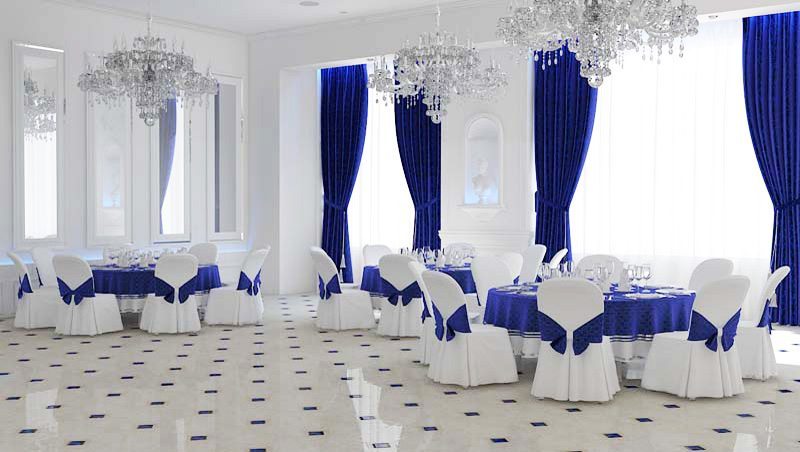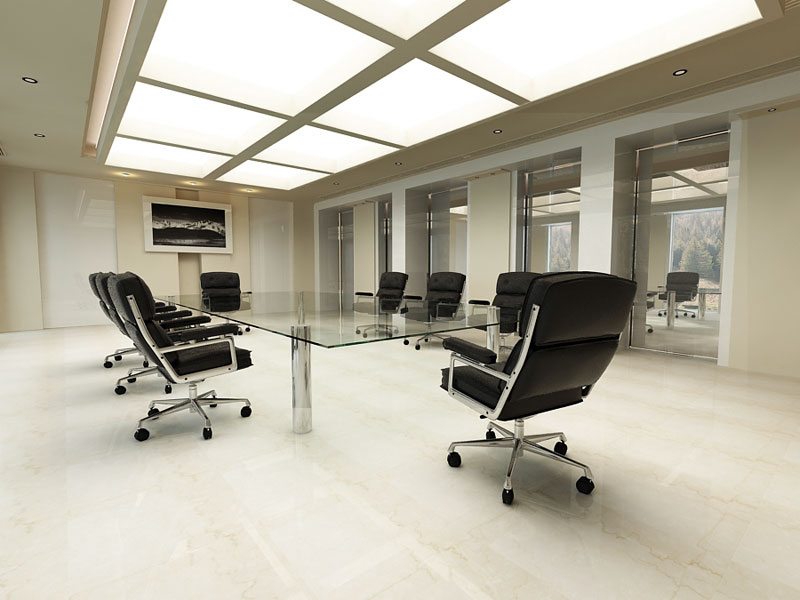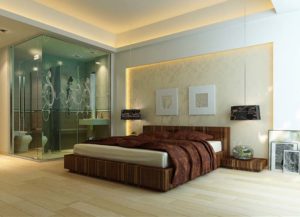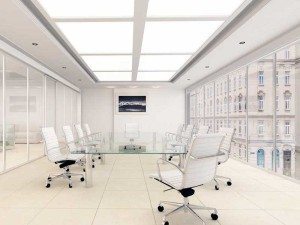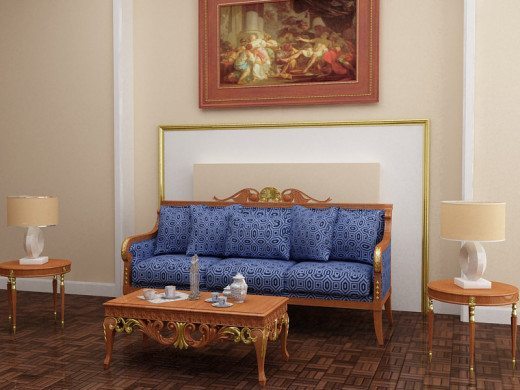Posts
3D Visualization Services for Developers, Architects, and Real Estate Agents, For Home Builders and Home Renovators
To create something different, we believe on the power of best technology and idea along with unique imagination. We are one of the leading 3D architectural visualization company, providing high quality (HQ) and high definition (HD) 3D rendering and 3D animation for various fields. Almost a Decade ago on the basis of our creativity, we start to make people visualize their imagination and shape the idea into reality.
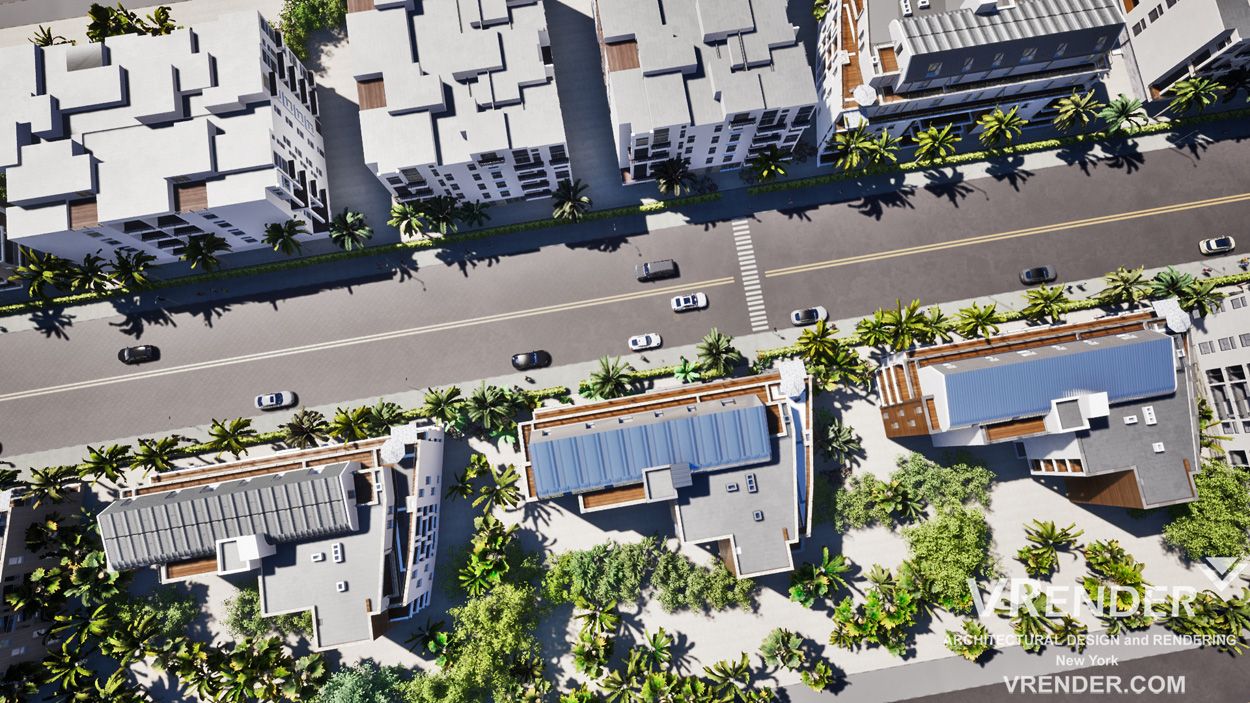 And also We are as one of the top-notch service providers that are engaged in offering Floor plan (2D&3D)service provider to Real-estate market in a huge number of production capacity with unbelievable quality.
And also We are as one of the top-notch service providers that are engaged in offering Floor plan (2D&3D)service provider to Real-estate market in a huge number of production capacity with unbelievable quality.
- Intensely focus towards customers to attain their categorical requirements.
- Deliver economical yet efficient, competent and innovative services.
- Adhere to the global standards of Professionalism and conduct.
- Our mission is to deliver cost-effective service solutions in 3D visualization. To set a new trend in an era of visualizing and shaping tomorrow.
At Vrender Company, our creative designers work seamlessly to create a perfect balance of stunning design and expert engineering. Our professional and friendly team is here to provide you with flexible, cost-effective and easily accessible 3d rendering services.
We provide services in Birmingham, Montgomery, Huntsville, Mobile, and other Alabama State cities.
We are here to turn your ideas into reality! Our photo-realistic 3d renderings are completed within 4 days and we even offer revisions to ensure all your requirements are fulfilled.
Exterior rendering samples: https://vrender.com/architectural-visualization/
Interior rendering samples: https://vrender.com/interior-visualization/
Walkthrough animation example: https://vrender.com/animation-walkthrough/
We mix art, comfort, and timelessness to make your designs into a living masterpiece. If you have a minute today, please get back to me.
We can also schedule an appointment to discuss about your projects in details.
Vrender Company.
If you want to build a modern house with the best design and a beautiful facade, we can help. Let us tell you a little why we are the best option to do that.
We have long experience in development of architectural plans and official plans for approval of any type of house, residence or modern facade.
Our models can be created based on a photograph, plan, diagram, measurements, any other model, and even simple hand-drawn sketches. Everything you need can be illustrated in a real 3D world. We make images for all types of commercial and residential buildings, such as:
• single story house
• two-story house
• walk-ups and others.
 We create all types of 3D rendering — residential/commercial and outdoor/indoor images. In all our 3D images, we incorporate a high level of detailing including textures, colors, decors, landscaping, furniture, and illumination making our 3D perspectives ones of the best on the market of such services.
We create all types of 3D rendering — residential/commercial and outdoor/indoor images. In all our 3D images, we incorporate a high level of detailing including textures, colors, decors, landscaping, furniture, and illumination making our 3D perspectives ones of the best on the market of such services.
The work that we do is based on the quality of life and aims to cover the wishes of every client based on numerous latest extensive studies about how qualitatively people want to live. We’ll make the luxurious design of your house to make it a pleasant and a comfortable place to live and stay, and to hold full control of your life in this building.
Your ideas combined with our tools are the perfect ingredients for an extraordinary project. Do not start building without having visualizing your idea first. Our focus is to provide you the optimal quality of 3D layout and final look of your house. We are committed to designing highly realistic 3D images displaying every detail with the highest perfection. The images produced by our company add value to each project creating an impression of elegance and modernity. We have already gained an impressing portfolio of realized 3D projects.
Our services include 3D remodeling, 3D rendering, 3D floor plans, exterior rendering, interior rendering, and 3D animation for houses. We give the best quality in architectural rendering. Our company has several years of experience in the 3D rendering and architecture.
The process of the development of 3D rendering of residential houses:
1. The development of basic geometry – the development of the 3D model of the project: walls, floors, windows, doors, etc., taking into account the information provided by the client (plans, photos, and so on).
2. Insertion and accommodation of furniture – we propose furnishing from our extensive 3D library that also has vegetation and the other necessary objects.
3. Lighting testing – simulation of natural lighting from windows and artificial lighting from lamps, spots and so on inside the house.
The cost of every project (to build, remodel, expand or create any design of house or facade) depends on the complexity of the project. In order to offer you any initial price, it is necessary to receive your input data: square meters, approximate budget, sketches and so on. So if you need architectural 3D rendering, please call or email us for further collaboration.
Vrender Company 2017.
In the past, architects were using professional ink pen – rapidographs, creating unique construction projects in specially inclined boards installed vertically at an angle. This painstaking work took maximum care, patience, and perfect accuracy in calculations. The era of global computerization allowed taking another look at the activities in the field of visual design. Software for visualization of the interiors made a breakthrough in the field of architectural design, making life easier for the millions of professionals on the planet.
3D Software for the visualization of the interior
This review is for three most popular software products of 3D design. The list includes the programs for modeling and visualization of the interior, which became widespread among professionals:
• Cinema 4D;
• Google ScketchUp;
• 3Ds Max.
The user is given the choice to order the 3D visualization or consider the characteristics of the presented programs, to create own unique designs.
A popular package for the production of three-dimensional graphics and animations
The most attractive for the USA designers is a versatile package for 3D rendering of the interior – Cinema 4D software, from the leading manufacturer for the creation of a three-dimensional animation, graphics, and other effects – the company MAXON Computer GmbH. The product’s advantages already were appreciated by millions of users:
• It has a simple and comprehensive interface;
• It stores a wide variety of “templates”, allowing the use of ready-made animations, embedded images, advanced shaders, so not to create objects “from scratch”;
• It has built-in Russian-language support;
• It can work with third-party renders. The most popular one is Cinema 4D Vray – universal rendering system which has proven itself in all areas of professional visualization;
• 10 additional modules are present: the simulation of the dynamics of hard and soft bodies, particles control using the nodes system, the formation of volumetric (bulk) effects (solar rays, dust, rain) and others. The system has an excellent compatibility with third-party programs such as Adobe After Effects or ArchiCad.
Cinema 4D is the best program for the visualization of the interior according to experts from various fields of professional design, architecture, and building design.
Google ScketchUp – modeling of simple three-dimensional objects
The program for creating interior visualizations, coupled with the renderer named Google ScketchUp Vray, allows designing quickly and efficiently, three-dimensional building objects, furniture, and other interior design elements. It is perfect for imaging objects in architecture, outdoor advertising, landscape design, engineering design, as well as for modeling the objects for 3D printing. The main disadvantage is the limited possibility to deal with more complex problems, for which it is difficult or impossible to:
• build models having complex structural elements;
• give the natural curvature to the objects;
• create accurate detalization.
Google ScketchUp is not suitable for work with voluminous and energy-consuming projects. Looking at the result, it is not difficult for a specialist to understand in what program such visualization of the interior has been made. For example, the shadows look unnatural. Managing raster textures is also impossible. There are no tools for the creation of a full-fledged animation.
Autodesk 3ds Max – modern tool for professionals in the field of multimedia
For designers, studying the programs for the interiors visualization, experts recommend popularized software, allowing to create accurate visualization scenes – 3Ds Max Vray. Built-in Vray rendering is not included in the standard package of 3Ds Max. The features of the system are in editing and creating of professional animation and three-dimensional graphics in the production of movies, games, animation, and videos. The program focuses on the design of complex architectural objects. It has a lot of useful tools:
• photorealistic renderer;
• means for adjusting the illumination and detailed analysis of three-dimensional objects;
• additional modules for generating realistic special effects: explosions, splashes of water and much more.
Considering its shortcomings, it should be noted that the design and visualization of the interior in this program is quite slow. High-tech hardware will be required to create complex three-dimensional structures. Some novice users complain about the difficulty in learning this program, but this product is not designed to work with standard elementary tasks. The programs for visualization of the interior are necessary for effective work of professional engineers and designers.
3D architectural visualization is an important tool for multiple reasons in the architecture, engineering, and construction (AEC) industries. Here are a few of the key points that highlight its significance:
1. Improved Communication: 3D visualizations enable architects and designers to convey their concepts and ideas more effectively to clients, contractors, and stakeholders who may not have technical knowledge. It’s easier to understand a 3D model than technical drawings or blueprints.
2. Design Validation: With 3D models, architects and designers can review and refine their designs before construction begins, allowing them to identify and address potential issues early in the design process.
3. Decision Making: 3D visualizations help clients and decision-makers to better understand the implications of their choices regarding materials, colors, textures, spacing, and overall aesthetics, leading to more informed and confident decisions.
4. Marketing and Sales: Real estate developers and marketers use 3D renderings to promote properties before they are built. This helps in securing pre-sales and attracting investors by showcasing the potential of a project.
5. Project Approval: Detailed 3D renderings can facilitate the process of obtaining necessary approvals and permits from local authorities by providing clear, accurate representations of the proposed structures.
6. Error and Conflict Reduction: Integrating 3D visualization with Building Information Modeling (BIM) can lead to early detection of design conflicts and errors, reducing costly changes and delays during the construction phase.
7. Virtual Reality Integration: The rise of virtual reality (VR) technology allows stakeholders to experience 3D architectural spaces in an immersive way, further enhancing understanding and interaction with design elements.
8. Cost and Time Savings: By identifying design issues before construction starts, 3D visualization can help to avoid costly mistakes and rework, thus saving time and money.
9. Emotional Impact: 3D renderings can create compelling imagery that generates emotional responses from viewers, which can be a powerful tool for winning competitions or convincing clients and investors.
10. Enhanced Collaboration: Since 3D models can be easily shared and reviewed by teams working in different locations, they facilitate better collaboration among architects, engineers, designers, and other professionals.
Overall, 3D architectural visualization has become an indispensable tool in modern design and construction processes, streamlining workflows, improving design quality, and enhancing communication amongst all parties involved in a project.
It is true that 3D visualization is an important tool not only for game developers and directors, who shoot 3D movies but also for scientists.
If you want to demonstrate the important discoveries and use only numbers or dry facts, you should know that sometimes it is not enough. At the same time, a comparison of the results of experiments does not always represent a complete scientific picture. As a rule, theoretical justification requires a visual complement. This is a reason why a large number of academic reports or demonstrations are supplemented with data visualization. The OpenGL library holds a special place in the list of programs for visualizing. In addition, it is used in video games. The interface has more than 250 functions for drawing three-dimensional scenes. The program demonstrates the highest results in computer hardware that works with graphics accelerators.
Finally, 3D rendering makes science more progressive and convenient for scientists and expands their range of interests, so we cannot but rejoice.
3D interior visualization is a digital process where interior space designs are created using 3D modeling and rendering software. This technology is a powerful tool for interior designers, architects, and clients to visualize space layout, decoration, and furniture arrangements before any physical work begins. It provides a realistic depiction of how an interior will look after it has been furnished and finished.
Key features of 3D interior visualization include:
1. Photorealistic Renders: With advanced lighting, materials, and rendering techniques, 3D visualizations can produce images that are virtually indistinguishable from real-life photos. These renders can show accurate light reflections, textures, and how different elements will look under various lighting conditions.
2. Virtual Walkthroughs: Using 3D visualization software, designers can create an interactive virtual tour of the interior. This allows clients to virtually walk through the space and dynamically experience the layout, offering a more immersive understanding than static images.
3. Material and Finish Selection: Clients can preview and compare different materials, finishes, and color schemes. This helps in making informed decisions about the design without having to rely on physical samples or imagination.
4. Space Planning and Layouts: 3D visualization tools provide the ability to experiment with furniture placement, space division,
Rendering (3D visualization) is the process of generating an image from a model. Visualization represents one of the most important parts of 3D graphics. The program that provides rendering is called “Render”.
In the rendering structure, we use algorithms to get a qualitative image. In general, rendering can change vector structure into flat pixels. As a result, a 3D image can be displayed visually as a two-dimensional image on the PC monitor.
One of the most outstanding renders is “3ds Max”. “3ds Max” is universal software because it is used for 3D modeling. In addition, the program is great for computer game design.
You can be sure that 3D visualization is good for interior design. As a rule, it helps you to see the real picture of the future interior. Interior visualization lets you view each element of a house, flat, or furniture. 3D visualization creates the effect of presence. In addition, renders have succeeded in 3D model adaptation and that is why their creations are considered masterpieces.
Preview visualization is a famous and helpful option too. It is mainly used when a customer hesitates and is not sure about some elements of the future house. For example, it can be the color of the wall or wallpaper or some materials’ selection.
Final 3D visualization is the last variant of the interior based on all amended corrections on the stage of preview visualization.
According to the project’s goal, we have rendering in a real-time mode (used in the creation of videos) and pre-rendering which is more convenient for computer games creation. Pre-rendering uses 3D accelerators. The last ones help you to increase the quality of graphics of old computers.
Offering 3D-rendered interior design services brings numerous advantages to both designers and clients. It’s a practice that has significantly transformed the interior design industry, enhancing communication, efficiency, and overall design quality. Here are some key reasons why offering 3D-rendered interior design is beneficial:
1. Enhanced Visualization
- Realistic Previews: Clients can see realistic previews of the final design, which helps in understanding how the space will look and feel.
- Detail and Accuracy: 3D renders can capture details with high accuracy, from the texture of materials to the interplay of light and shadow.
2. Improved Communication
- Clearer Client Understanding: Renders help bridge the gap between technical architectural plans and the client’s understanding. Non-technical clients can easily visualize and understand the design.
- Feedback and Modifications: It’s easier to discuss changes and modifications when clients can see a lifelike representation of the design.
3. Efficient Design Process
- Quick Revisions: Changes can be made quickly in the digital model, saving time compared to traditional methods.
- Error Reduction: Identifying and correcting design issues before construction begins reduces costly on-site errors.
4. Effective Marketing Tool
- Attracting Clients: High-quality renders can be used in marketing materials to attract new clients.
- Portfolio Enhancement: Detailed 3D renders showcase a designer’s skill and creativity, enhancing their portfolio.
5. Design Exploration
- Experimentation: Designers can experiment with different colors, textures, and layouts easily.
- Innovative Solutions: Renders allow designers to explore creative, out-of-the-box solutions without any real-world risk.
6. Cost and Time Savings
- Pre-Construction Visualization: Seeing the final product before construction begins can prevent costly changes and do-overs.
- Project Approval: Renders can facilitate quicker approvals from stakeholders or regulatory bodies.
7. Competitive Edge
- Staying Relevant: In a digital age, offering 3D renders can keep a design firm competitive and up-to-date with industry standards.
- Client Expectations: As 3D rendering becomes more commonplace, clients increasingly expect to see lifelike representations of their projects.
8. Emotional Impact
- Creating a Connection: A visually appealing render can create an emotional connection, helping clients feel more attached and excited about the project.
In summary, offering 3D rendered interior design is almost a necessity in the modern design landscape. It enhances the entire design process from conceptualization to execution, provides a powerful marketing tool, and ultimately leads to better design outcomes and client satisfaction.
3D Visualization (rendering) is one of the most important key concepts in computer graphics.
The main objective of visualization is getting an image with volume from modeling. The final variant of the object has an influence on the usage of visualization technology. For example, 3D accelerators are used in the development of computer games. There is also a pre-rendering option for video creation, but it is a relatively slow process of visualization. The programs, which provide visualization by means of computer programs, are named “Renders”. Such programs work with 3D objects’ lighting.
There are many famous leading companies using 3D visualization software.
“Pixar” company has created an application with a programming interface for 3D animation, which is named “Renderman”. The “Renderman” has a great advantage – a simple and convenient interface. This program has been used since the 90s by many other big companies.
There is one more famous rendering system named “V ray” (render) which was made by Bulgarian developers and called themselves “Chaos Group”. “V ray” has a quite big creative and technological prospect. These factors influence speed, success, and the quality of the result.
Finally, “Fryrender” is the most realistic render. Its developers are familiar with the physics that is seen in this render. Fundamental laws of the universe are kept here, indeed.
A computer cluster-render farm is used for making visual effects for a film. Parallel computing systems in render farm save time for video creation. Theoretically, rendering includes a few techniques by means of which you can achieve the needed result.
Rendering makes calculations and the presence of the core algorithm is quite logical there. There is a rendering equation, which theoretically proves the visualization models.
Using 3ds Max and V-Ray for 3D interior rendering is a popular choice among professionals due to the powerful features and realistic output these tools provide. Here’s a basic overview of the process:
1. Setting Up the Project in 3ds Max
- Modeling the Space: Start by modeling the interior space. This involves creating walls, floors, ceilings, and any built-in elements like windows or doors. You can do this from scratch or import floor plans as a reference.
- Furniture and Details: Add furniture and other details. These can be modeled or imported from a library of 3D models.
- Organizing the Scene: Use layers or groups to organize different elements in your scene, making it easier to manage and render.
2. Texturing and Materials
- Applying Materials: Use V-Ray materials to create realistic surfaces. This includes setting up diffuse colors, reflections, glossiness, and bump or displacement maps.
- UVW Mapping: Properly map the textures to your objects to ensure they appear realistic and correctly scaled.
3. Lighting
- Natural Light: If your scene has windows, set up V-Ray Sun and Sky for natural lighting. Adjust the sun angle based on the geographic location and time of day you want to simulate.
- Artificial Lighting: Add V-Ray lights to simulate artificial sources like lamps or ceiling lights. Experiment with intensity and color to achieve the desired mood.
- Light Balance: Balance the intensity and color of different light sources for a realistic effect.
4. Camera Setup
- Choosing Camera Angles: Place cameras at strategic locations to capture the best views of the interior. Consider using V-Ray Physical Camera for more realistic effects.
- Setting Parameters: Adjust focal length, depth of field, and other camera settings to enhance the composition and focus of your renders.
5. Rendering Settings
- Test Renders: Conduct test renders with lower quality settings to adjust composition and lighting quickly.
- Final Render Settings: Once satisfied, increase the render quality settings. Tweak parameters like image resolution, anti-aliasing, and global illumination settings for the best results.
- Render Elements: Use render elements for greater control in post-production. This includes separate passes for lighting, reflection, refraction, and more.
6. Post-Production
- Using Photoshop or Similar Tools: Adjust contrast, brightness, saturation, and other aspects to enhance the final image.
- Adding Effects: Incorporate effects like depth of field or lens flares if needed.
7. Review and Iteration
- Client Feedback: Present the renders to clients or stakeholders and make any necessary revisions based on their feedback.
3D visualization uses specialized computer programs. Image accuracy will satisfy any client as we use modern computing algorithms letting us draw each detail and catch all tones of colors and textures during the interior construction.
Rendering methods have made a 3D view possible because you can see an interior inside, not only if you look at the model from the top. The view creates the effect of presence. You can look from any side; and catch every detail of the interior that was previously unnoticed. You can also look at any surfaces to estimate their interior decoration. Thus, 3D visualization allows you to achieve perfection in interior design.
Tips for Success
- Realism: Pay attention to small details and realistic texturing to enhance the authenticity of your renders.
- Learning Resources: Utilize online tutorials, forums, and courses to constantly improve your skills in 3ds Max and V-Ray.
- Hardware Considerations: Ensure you have a powerful enough computer to handle high-quality rendering, as it can be resource-intensive.
By following these steps and continually refining your skills, you can create stunning and realistic interior renders using 3ds Max and V-Ray.
3D interior visualization helps you to reconstruct any interior (kitchen, bedroom, baby’s room, office, bar, restaurant, etc.).
You can set any objects of the interior, choose the variants of their combination, vary with windows and doors’ location, and apply different colors and textures, experiment with lightning for interior decoration through to each detail.
3D interior rendering is a process that transforms architectural designs into digital images, offering a lifelike representation of what an interior space will look like after construction or renovation. Here’s a brief overview of key elements in 3D interior rendering:
- Software and Tools: This process heavily relies on software like Autodesk 3ds Max, SketchUp, and Blender. These programs provide the necessary tools to create detailed and accurate models of interior spaces.
- Modeling: The first step involves creating a digital model of the interior space. This includes walls, floors, ceilings, and fixed installations. The level of detail can vary based on the project’s requirements.
- Texturing and Materials: Applying textures and materials is crucial for realism. This involves adding surface properties to the model, like wood grain for floors or glossiness for tiles, to mimic real-life materials.
- Lighting: Lighting is one of the most important aspects. It involves placing light sources in the digital model to mimic natural and artificial lighting. This step greatly influences the mood and atmosphere of the rendered space.
- Furnishing and Decoration: Adding furniture and decor items brings the space to life. This can range from sofas and tables to lamps and paintings, tailored to the design specifications or client preferences.
- Rendering: Once the model is complete with textures, lighting, and furnishings, the rendering process begins. This is where the software calculates and produces the final image, simulating light physics, shadows, reflections, and other visual effects.
- Post-Processing: In some cases, the rendered images are further refined in post-processing software like Adobe Photoshop. This step can enhance colors, adjust lighting, or add small details that weren’t in the original render.
- Applications: 3D interior rendering is used in various fields, including architectural visualization, real estate marketing, interior design planning, and virtual reality. It helps clients and stakeholders visualize the final outcome before any physical work begins.
- Challenges and Considerations: Key challenges in 3D interior rendering include achieving realistic textures and lighting, managing computing resources for high-quality renders, and staying true to the architectural vision while adding creative touches.
- Future Trends: Advancements in technology are making 3D interior rendering more accessible and efficient. The integration of AI, virtual reality, and real-time rendering is shaping the future of this field, offering more immersive and interactive experiences.
Want something new and modern? How to make the right choice among dozens of materials and technologies? You visit mallsturn the pages of magazines and imagine what the interior of your future apartment should look like.
This process is a blend of technical skill and artistic vision, requiring both an understanding of architectural principles and a keen eye for design aesthetics.

